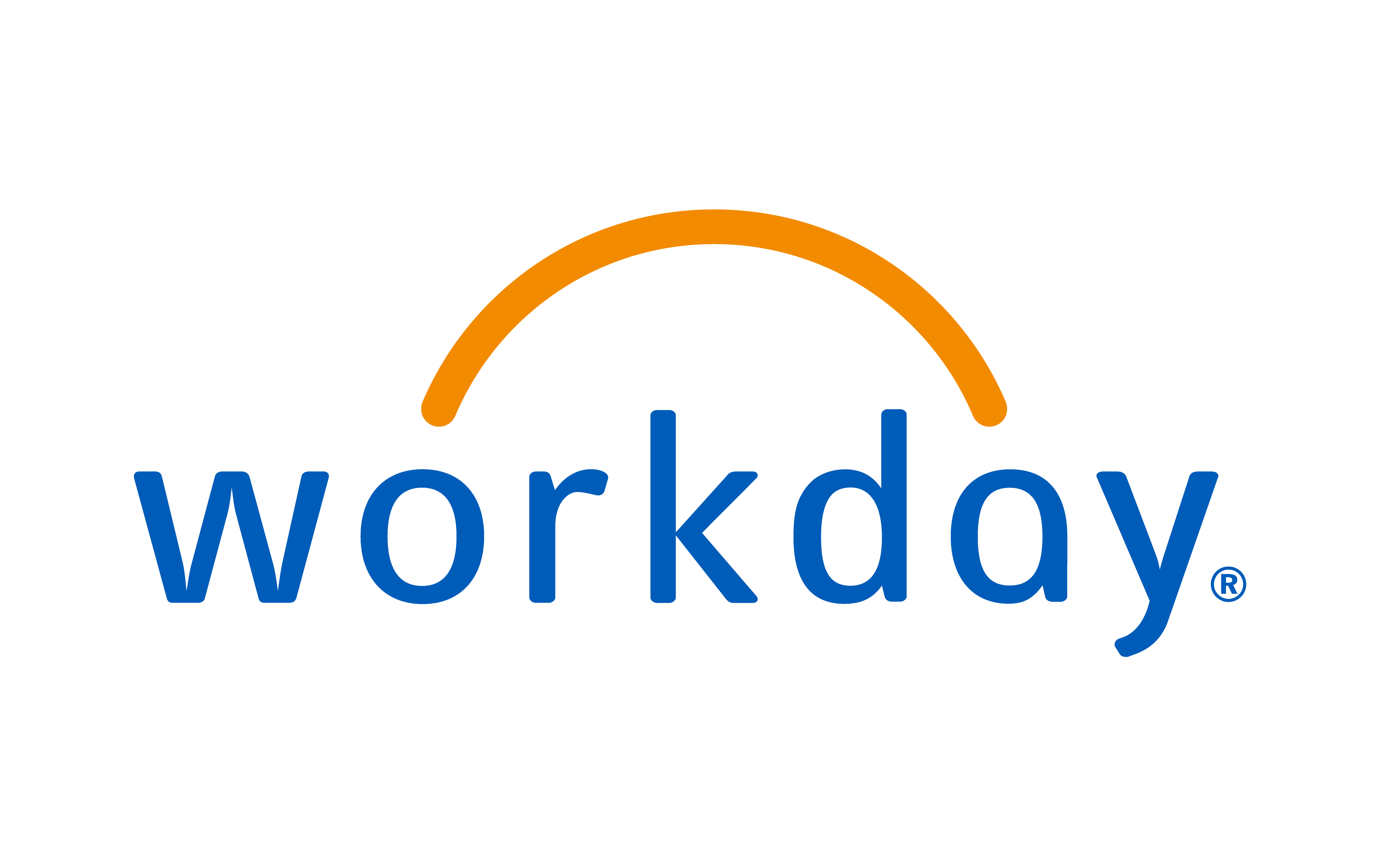
The appetite for acquisitions among corporates and private equity-backed businesses continues to grow. This is driven by a combination of mounting pressure from shareholders and investors, who want to see tangible signs of growth, and the availability of cheap money. It’s created a seller's market and, therefore, buyers need to thoroughly analyse a company’s compatibility, while also being careful not to overpay.
Richard Madden, Chief Executive of corporate finance house DC Advisory, says: “There's an awful lot of money chasing a small number of good opportunities. As a vendor, it means that good businesses are going for full prices, which may not work so well for buyers – but only time will tell.”
According to research from professional services firm EY, which surveyed 1,600 executives in 54 countries, 56 per cent of companies intend to pursue acquisitions in the next 12 months (up from 31 per cent in 2014).
In such a competitive market, management teams have to build a strong case for an acquisition and be rigorous when assessing how it’s going to deliver value. Pam Powell, Non-executive Director of Premier Foods and soft drinks manufacturer A.G. Barr, comments: “You’ve got to start with your strategy... Any [proposal for] an acquisition has to be considered against... what’s needed in the future in terms of growth, the sector that you’re in, and the capabilities and resources that the business needs.”
It will also be necessary to define the advocates of a deal. Paul Budge, Managing Director for the UK and Ireland at distribution and outsourcing group Bunzl, says: “The operating company leader, who is going to take this acquisition on, is the person who [needs to be] accountable for its success.
“They are charged with, as I describe it, falling in love with the acquisition or not. You can’t hold somebody accountable if they weren’t part of signing up to it in the first place.”
Andrew Minton, Executive Director at Criticaleye, comments: “If an acquisition is to deliver long-term value it needs to be led from the outset by the executives who will ultimately be responsible for its success. It demonstrates to everyone within the acquired business that you’re serious about their future as part of the combined company, and that you’re not just looking for a quick win.”
All in the planning
A well-considered approach to identifying and prioritising targets will be needed. “If you're entirely opportunistic you risk having a business or a set of businesses that don't really fit together,” says Joe Garrood, Investment Director at private equity firm ECI Partners. “[It’s why you need to] have a framework that accounts for acquisitions.”
At standards and training provider BSI Group, country and sector managers are expected to analyse relevant target businesses and propose them to the Group Executive Team. Howard Kerr, CEO of the company, comments: “We have a current list of more than 200 companies that we have identified as fitting our criteria for acquisition. It doesn’t mean they’re for sale and it doesn’t mean we’re interested in them.
“It’s just a large number of companies we can work from because, in my experience, if you don’t have a healthy M&A pipeline, how do you know you’re actually buying the right company at the right time? The danger is that you [take the first opportunity] and reduce your ability to acquire a much better target afterwards [because] capital and management have already been deployed.”
Andrew Hosty, COO of manufacturing concern Morgan Advanced Materials, says: “The only reason I would acquire a business is to accelerate our strategy. They have to be doing something that clearly works alongside our company.”
In theory, this approach should make the deal quicker, although time and effort must be spent on due diligence. “Don't compromise,” he adds. “You need to explain upfront: 'This is what we're going to do and this is how we're going to go and do it.'”
Mark Brockway, Executive Director for Corporate Finance at EY, warns that the process shouldn’t become a box-ticking exercise. He says: “You need to prioritise what’s really important for the situation, such as the retention of a CEO. We helped a listed client incentivise the management of an acquisition target with new roles and equity-like incentives.
"The business had great clients, but the perceived risk was entrepreneurial management losing interest without a fresh challenge. They spent a lot of time just making sure they were happy before concluding due diligence.”
Managing the merger
Absolute clarity about why an asset has been acquired will make it far easier to implement an integration plan. “If the reason for buying is the cross-sell opportunity, that's where you need to start. If it's about efficiency of systems, then begin there,” says Joe.
For John Allan, Non-executive Chairman of retail concern Tesco, the trick is to start early and at the very top. He was Chairman of Dixons when it merged with Carphone Warehouse in August 2014 and says one of the key considerations before the deal went through was how the merged business was going to be run.
“We had a very intensive period of negotiation about board structure and the key management positions. We felt strongly that to get major benefits out of the merger, we needed to run it with an integrated management team,” he says.
“I think sorting those issues out before the deal transacted, while quite difficult at times, was the right thing to do. It meant that from the get-go we’d agreed the key principles of integration and people could then just start to get on with it.”
Rob Crossland, CEO of employment services group Optionis, comments: “It’s really important to quickly work out strengths, weaknesses, character fits, and which organisational disciplines that you need around the board table, and to make sure that people are comfortable with their new roles.”
The majority of acquisitions will carry an element of risk, especially when they’re dependent on people adjusting to a new organisation. It’s up to boards to smoke out lazily planned attempts to build market share, without any real thoughts about integration.
As Mark from EY says: “The main board has to sponsor the deal and be accountable. When issues come up, deals lose momentum or fall over quickly without that key individual [who is] prepared to put their reputation on the line.”
I hope to see you soon.
Matthew
https://twitter.com/criticaleyeuk


























 (002).png)